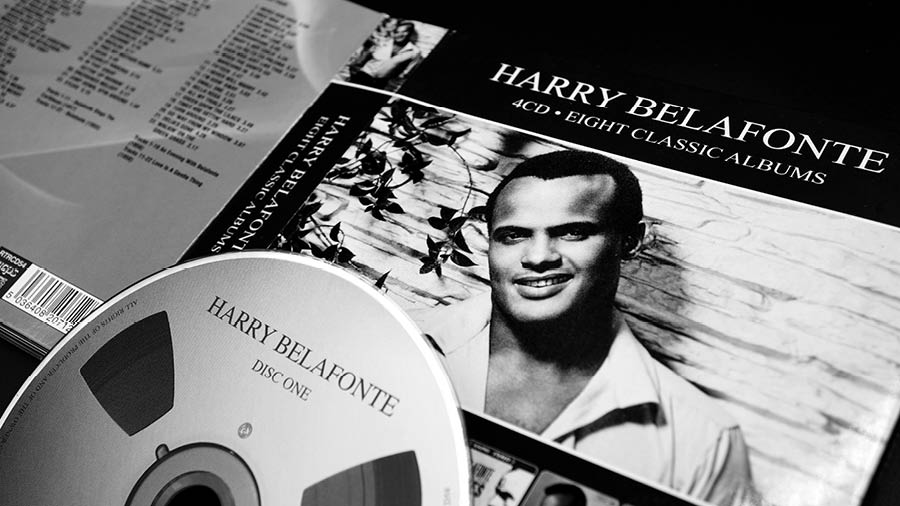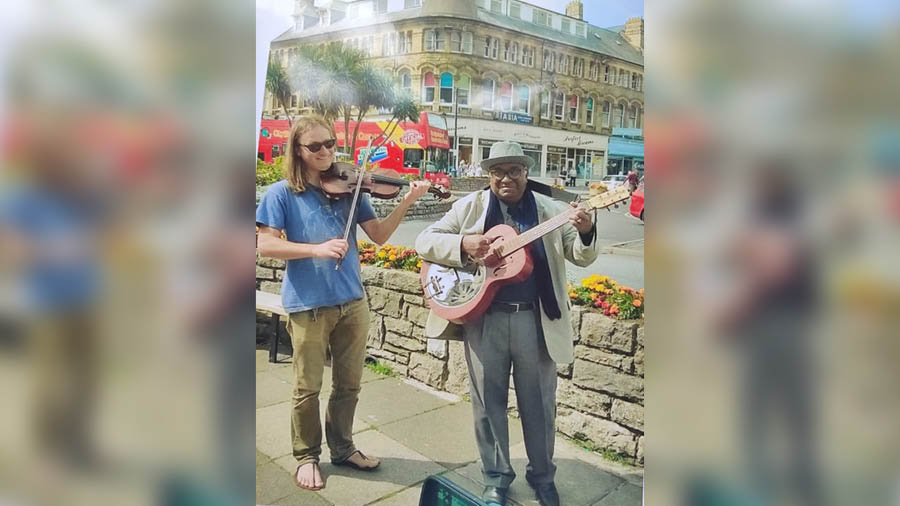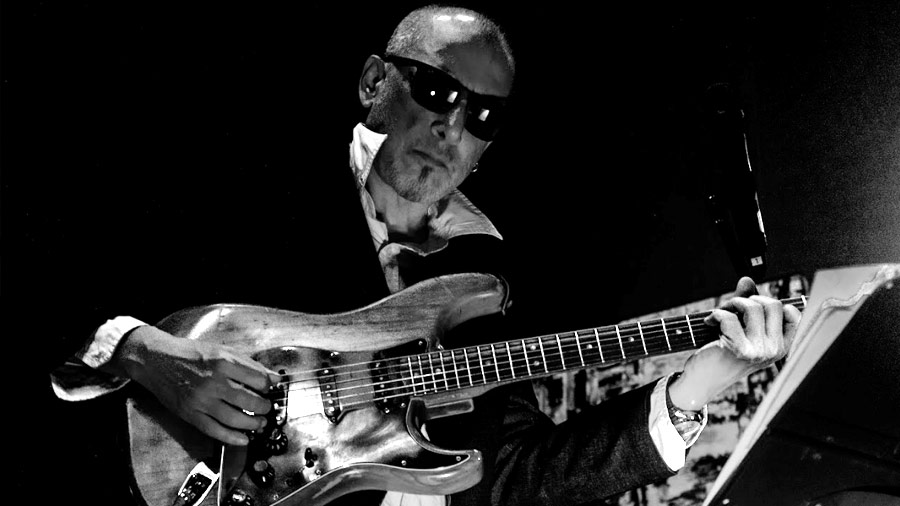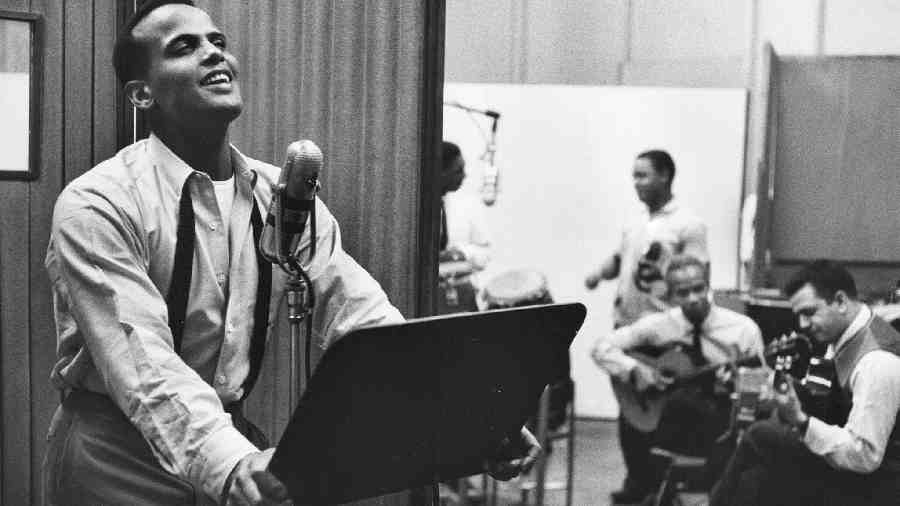In the mid-1950s, the music scene in America exploded with the sounds of calypso and a name called Harry Belafonte. Around three decades later, in faraway Kolkata, students and youth groups found inspiration in his songs and his philosophy gave direction and meaning to their ideals.
Belafonte was born in New York, but his roots lie in the Caribbean islands. He spent his childhood with his grandmother in Jamaica and connected with the calypso style of music. Before picking up the guitar, he served in the US Navy during World War II. The late actor-musician-activist had a ringside view of the world that found reflection in his albums 'Belafonte' and 'Calypso' in 1956.
Belafonte's mother worked as a domestic help, while his father was a chef. He could relate to the working-class heroes. Later, he used his star power to fight injustice during the Civil Rights Movement. He inspired several youngsters in the US with his protest music.
The musical notes reached the Indian shores, especially Bengal, always known for intellectuals and revolutionaries. Belafonte's tunes found space in the corridors of Jadavpur University and Calcutta University.

Cover and CD of classic albums by singer, actor and activist Harry Belafonte Shutterstock
The impact of Belafonte on student groups
During the 1980s, an independent group called Ganabhishan used to voice its opinion and political ideas through music. Malay Mukherjee, who was part of the ensemble, was inspired by Belafonte's work songs that celebrated labour.
“We were an independent organisation with lively connections with the radical Left movement. We called it the third stream. Belafonte's rendering of the banana boat song titled Day-O is unimaginable. It's a work song. Even the song John Henry — based on a man who worked on the Big Bend Tunnel in West Virginia (and adapted by Hemanga Biswas as Naam taar John Henry) — celebrates humans over machines. This philosophy enlightened us,” said the 67-year-old ex-student of St. Xavier's College and Calcutta University. "My college did not have any political movement, but most of my friends from the group were from Jadavpur. We would go to the National Library often, and there we used to meet political groups.”
Among other things, the group performed songs and staged a play outside defunct factories with the labourers in the 80s. Mukherjee's fondest memory of Belafonte is buying a double album from New Delhi's Palika Bazaar with pocket money he had saved.
The role of All India Radio
Amit Roy, a music connoisseur, feels that Belafonte's music could have had an intense effect on the minds of young Bengalis, but the music was not easily accessible. "We did not have YouTube or mobile phones back then. And English music had a niche audience, which includes me. Our only way out was All India Radio, or if you could afford the records, you could buy them. Today's generation is not familiar with AIR. We used to listen to the lunchtime variety from 1 pm on Calcutta B, which used to play English songs," says Roy, who was part of the Naxalite movement in his college days in the 1970s.
Belafonte's calypso rhythm touched Roy while he was a student at South City College in Golpark. "I am a fan because Belafonte spread social awareness. He was vocal in the Black movement. His Caribbean rhythm struck a chord,” adds the 69-year-old.
Influence of Belafonte on Bengali songs
Belafonte did reach the music composers in Bengal with songs like Sangeeta na deko na, composed by Sailen Mukhopadhyay, borrowing from Matilda. But then, there was a selected audience. The song was sung by Basabi Nandi and actor-singer Biswajit.
Kolkata started opening up to Belafonte once they heard the adaptation of Jamaica Farewell by Ranjan Prasad. The erudite musician, often called the Belafonte of Bengal, narrowed the gap with his adaptations. "It was a difficult job. Had I sung Jamaica Farewell the way it was, the Bengali listener would not have related. I was busking with songs of Pete Seeger and Belafonte in the 1960s, but in Bengali, we were listening to songs like Champa chameli and Ami je jalsaghare. We could not associate our lives with such songs. And that's when I thought of a new path by writing Pother prante oi shudoor gnaaye, and they immediately related to it," says Prasad.
The senior musician found solace in Belafonte's music while studying at (then) BE College in Shibpur. He agrees that the Belafonte impact in Bengal was restricted to limited circles. "I heard the songs on the radio, and we could relate to songs like Where Have All The Flowers Gone by Seeger and John Henry by Belafonte. The language of his music that celebrated labour changed my perception towards music. And then I went out on the streets with my guitar. And I was a dark man. I remember once a white guy confused me for a Caribbean cricketer while I was busking," says Prasad, who recreated Island In The Sun, John Henry, Ballad of Joe Hill, performed by several musicians over the years.

Kolkata musician Ranjan Prasad (right) busking with a fiddler on the streets of Wales, United Kingdom
Ace guitar player Amyt Datta believes a section of Bengalis became fans of Belafonte for his activism and political statements. "He was a role model and a legendary musician. Seeger and Belafonte were two household names in Bengal for their political affiliations. But I don't know if the listeners know deeply about their music except for one or two tunes. I did not dig too deep into Belafonte. I have played his songs and was more interested in the music than the activism part,” he says.

Amyt Datta in performance at the Brass Room, ITC Royal Bengal TT Archives
But Belafonte himself had two gurus in life; Paul Robeson in music and Martin Luther King Jr on the political front. A true warrior, he continued to fight for the people all his life.
Belafonfe died at 96 last week of congestive heart failure but his music lives on.

